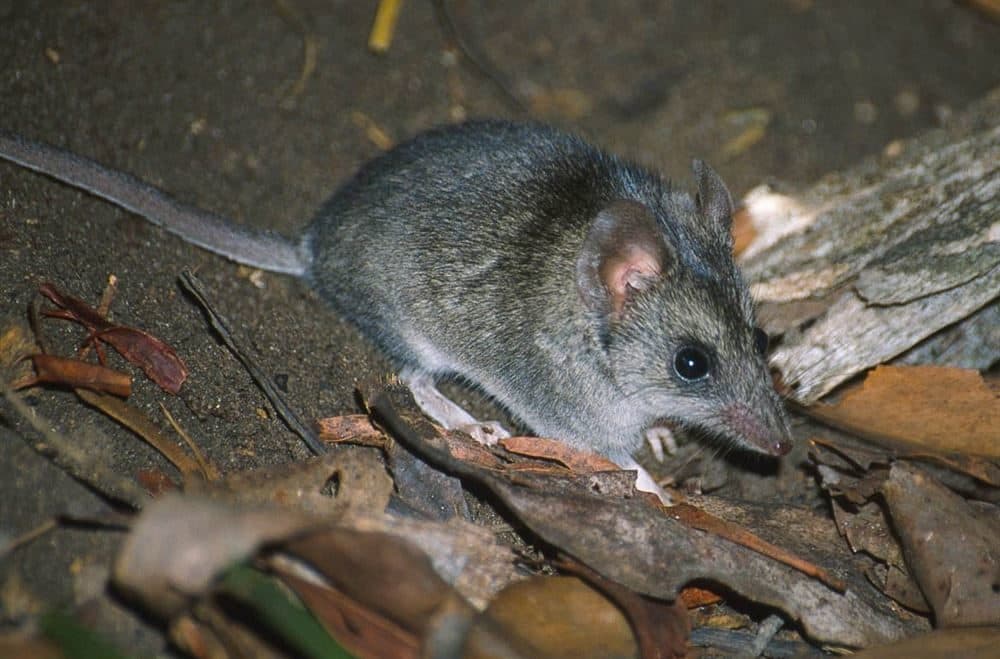Advertisement
As Australia Recovers From Fires, Government Takes Steps To Protect Wildlife
Resume
The Australian government is working alongside scientists to help wildlife recover from habitat loss after massive bushfires burned tens of millions of acres of land and killed an estimated 1 billion animals.
Over the course of about six months, 33 people died as a result of the fires, and a survey from the Australia Institute found 57% of Australians were directly impacted. On top of the human impact, the government identified 113 species that will need “urgent help” recovering from the fires.
A new expert panel was formed to organize recovery efforts for threatened species. Species that were already at risk of extinction prior to the fires are now “imperiled” even further, says Dale Nimmo, associate professor in wildlife ecology at Charles Sturt University in New South Wales who now also serves on the panel.
The situation is especially bad for species like the western ground parrot, which was critically endangered before the fires ignited, with a total population of about 150 birds.
“When you've got such a small population, that's when large fires can really potentially cause extinction,” Nimmo says.
Two small mammals, the Kangaroo Island dunnart and the long-footed potoroo, face similar perils — they were endangered prior to the fires and now face habitat loss. The iconic Australia-native koala also made the list.
On top of habitat destruction, smaller species like the Kangaroo Island dunnart — which live on an island off South Australia that was hit hard by the fires — also face threats from invasive predators like foxes and feral cats.
A coalition of non-government organizations has enacted a few rapid intervention tactics, he says, such as installing a predator-proof fence around the Kangaroo Island dunnarts’ habitat to save the last of the species.

However, the list doesn’t convey the whole picture, he says. The panel is still considering the risk to invertebrate and plant species.
The blazes sparked in September 2019 before the official start of the country’s fire season, causing concern that climate change may be making this kind of devastation more commonplace.
“We are concerned that if there's not action taken to prevent climate change, that this will just become a norm,” Nimmo says, “or perhaps it's even a transition to something that we can't even imagine at the moment.”
He says experts are concerned that the measures currently put in place will come undone if “concrete action” isn’t taken on climate change throughout the country.

Despite this, Nimmo still sees cause for hope — especially after the expert panel was formed. The Australian government has also committed $50 million to aid wildlife rescue and recovery efforts.
“The strategic approach that the federal government and the state governments are taking and the seriousness of it gives me a sense that Australians do value their wildlife enough to step up and intervene when things get dire,” he says.
Editor's Note: This article initially stated that the Australian government enacted rapid intervention tactics to help Kangaroo Island dunnart. It has been updated to more accurately reflect these efforts.
Ashley Locke produced and edited this interview for broadcast with Kathleen McKenna. Katherine Simpson adapted it for the web.
This segment aired on February 20, 2020.
